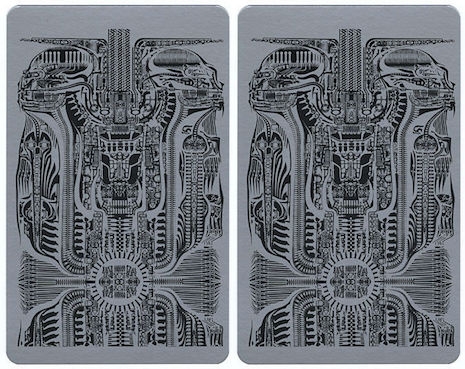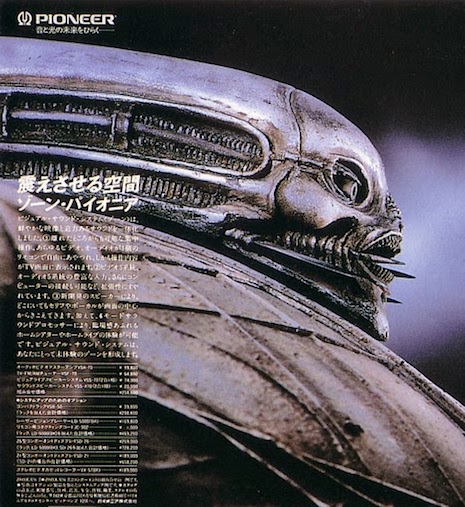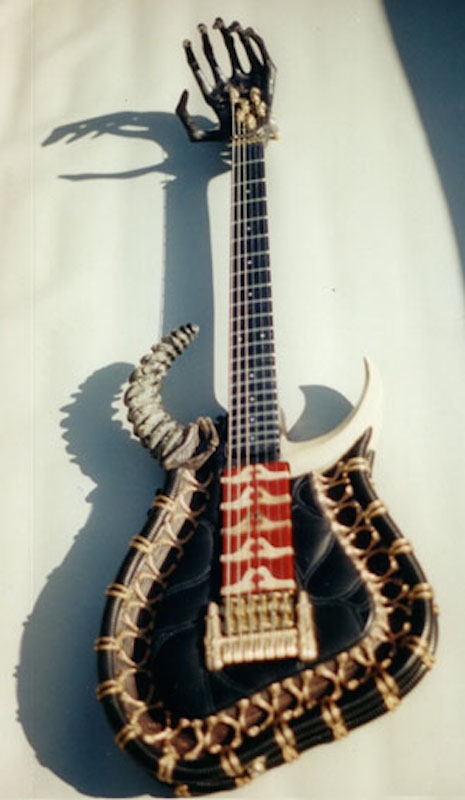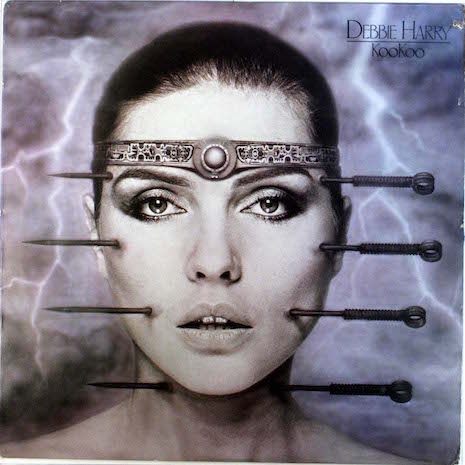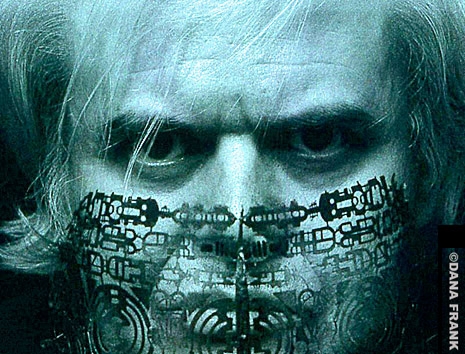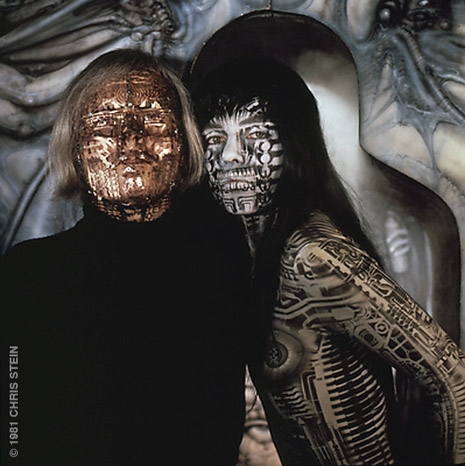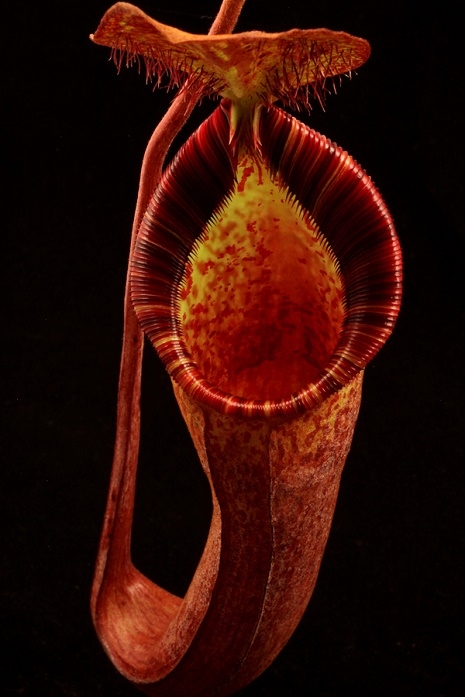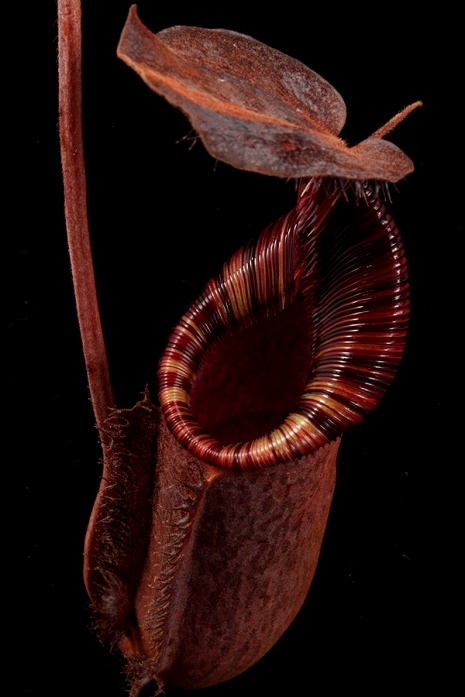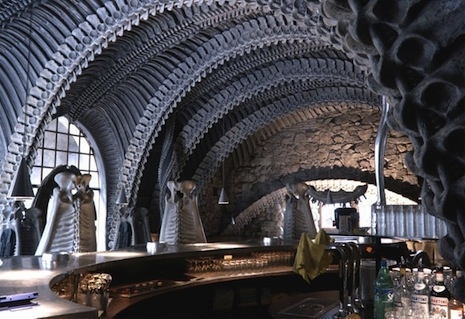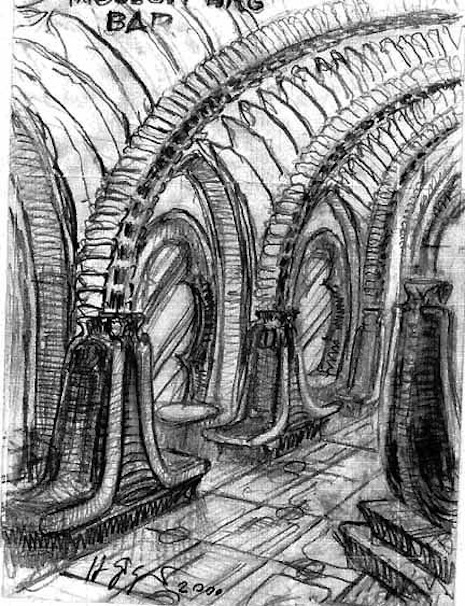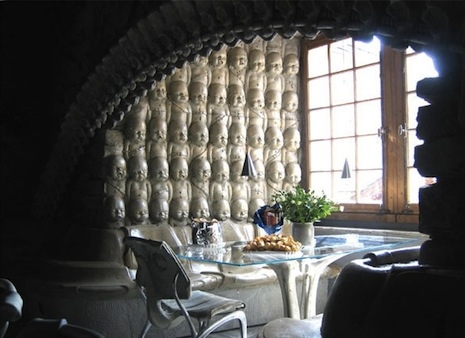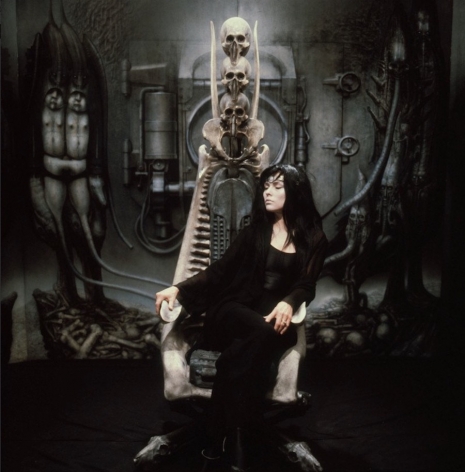
In the spring of 1980, Debbie Harry and Chris Stein of Blondie met H.R. Giger at a party at the Hansen Gallery in New York City, which was showing an exhibit of Giger’s Alien paintings. Giger was actually on his way back from Los Angeles, where he had just received an Academy Award for Best Visual Effects in recognition of his groundbreaking work on the movie. Giger later gave the following account of the meeting:
There I was introduced to a very beautiful woman, Debbie Harry, the singer of the group Blondie, and her boyfriend, Chris Stein. They were apparently excited about my work and asked me whether I would be prepared to design the cover of the new Debbie Harry album. I found both of them immediately likeable; so I readily agreed and was greatly pleased to be allowed to create something for such an attractive woman, although I had never heard anything from the group. This was due to the fact that I was more interested in jazz.
It was a heady moment for both sides of the equation. Alien had launched Giger to a whole new level of fame, while Blondie were still riding the crest of the new wave they had done so much to define; their fourth album Eat to the Beat had come out a few months before. But Harry and Stein were getting tired of being in Blondie.
Harry and Giger don’t seem particularly similar as artists, but as is well known, they did end up collaborating on the album cover for Harry’s first solo album KooKoo, which came out in 1981. KooKoo, unfortunately, was not a rousing success, and much of the reason for the disappointing outcome was the unsettling cover art, which showed the face of a regal and unmistakably Giger-esque Harry impaled by four large spikes. Here is a picture of Giger with the early concept art:

Giger said that the idea of the metal spikes derived from a medical procedure he had recently undergone: “Since I had just had an acupuncture treatment from my friend and doctor, Paul Tobler, the idea of the four needles came to me, in which I saw symbols of the four elements, to be combined with her face. I submitted the suggestions by phone to Debbie and Chris. They liked the idea and, in addition, they commissioned me to make two videoclips (music videos) of the best songs.”
The image was disturbing enough that advertisements featuring the image were banned by British Rail, and they weren’t the only ones. One might say that the public really didn’t want the era’s reigning sultry pop-disco queen to enter the scary and forbidding world of Giger’s art, but Harry and Stein have never exactly been afraid to take a risk, so the die was cast on that, for better or for worse.
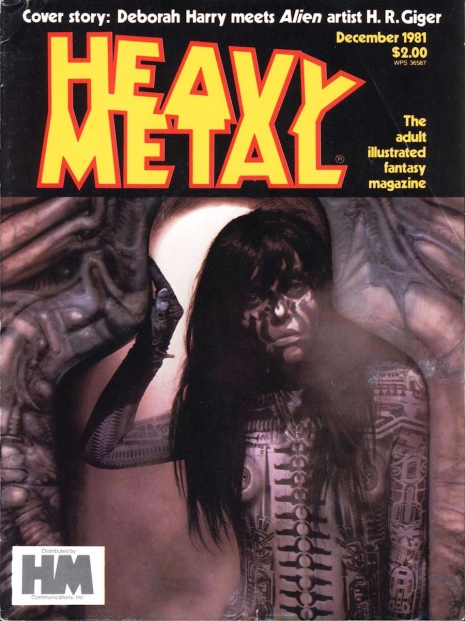
After the album came out, Stein and Harry penned an article for Heavy Metal (which was already intimately familiar with Giger’s work) about working with the artist. In the piece, which is called “Strange Encounters of the Swiss Kind” and is coauthored by Harry and Stein, the following observations are registered:
Giger is an industrial designer, which is very apparent to you the moment you step into his home. Even something as alien-looking as his chairs is structurally sound. The Alien creature—with its McLuhanesque quality of being the machine as an extension of the organic—makes sense biologically. The face hugger, with its air sacs, isn’t just decorative. Giger’s work has a subconscious effect: it engenders the fear of being turned into metal. It’s awesome—the work of an ultimate perfectionist, a true obsessive.
Much more after the jump….....
Posted by Martin Schneider
|
07.12.2017
01:57 pm
|


















